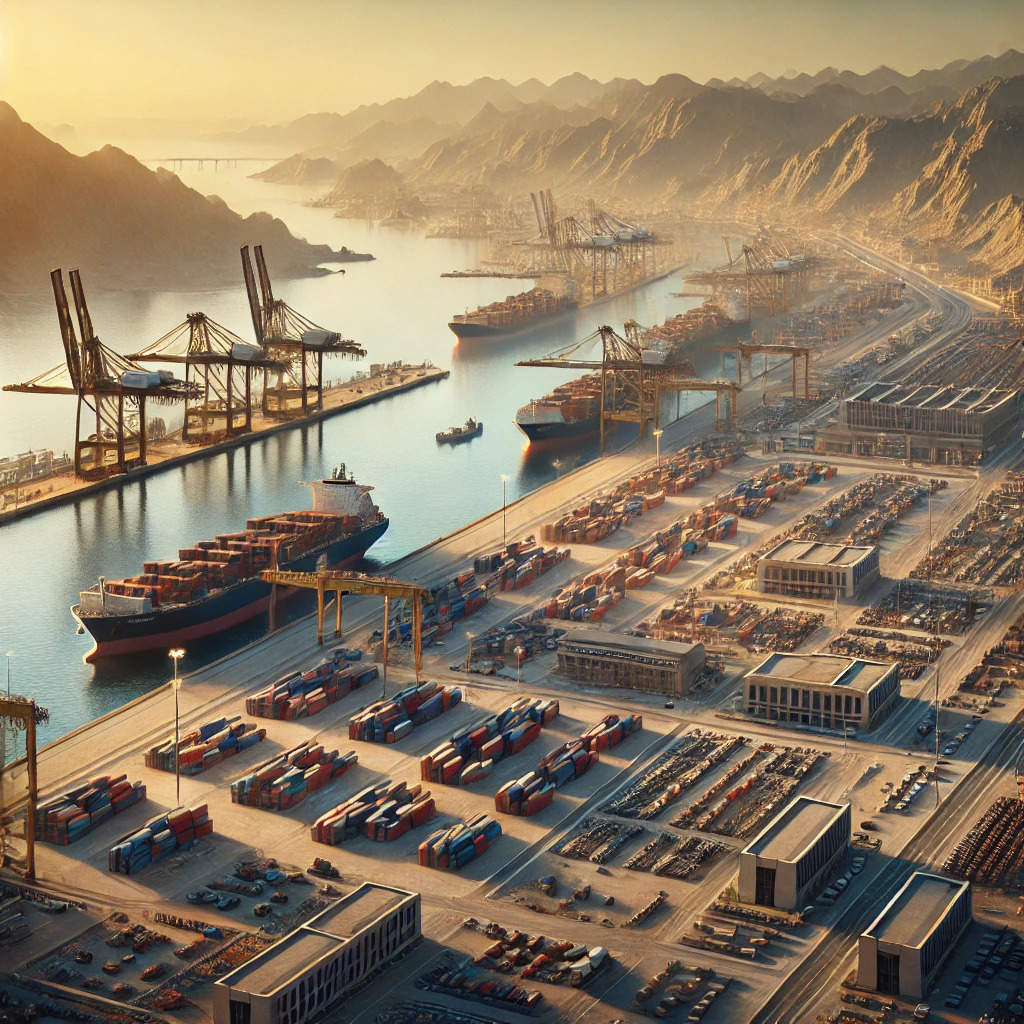The China-Pakistan Economic Corridor (CPEC) is a big project between China and Pakistan that aims to improve trade, energy, and roads across the country. It started with a lot of excitement, promising to help Pakistan grow economically.
But almost 10 years later, it has had both successes and problems. While new roads, power plants, and infrastructure have been built, issues like poor planning, weak leadership, and safety problems have slowed things down. One city, Gwadar, shows exactly why these problems need fixing for CPEC to truly succeed.
CPEC began as an idea to connect China’s western region with ports in Pakistan on the Arabian Sea. This would allow China to trade faster with the rest of the world while helping Pakistan build better infrastructure and solve its energy shortage. After Chinese President Xi Jinping visited Pakistan in 2015, things moved quickly.
China brought money and companies into Pakistan, and between 2013 and 2017, over $27 billion was invested in projects like roads and power plants. However, as the work progressed, it became clear that Pakistan’s lack of strong management and planning slowed down progress.
The case of Gwadar, a port city, is a good example of CPEC’s problems. Gwadar was supposed to become a busy trade hub for ships from all over the world, but it has not yet reached its full potential. The city’s small population of 90,000 people and its lack of development made it hard to achieve the big goals planned for it.
Local people were often left out of the decision-making process, and the city still feels disconnected from the rest of the country. This shows that new roads and ports are not enough on their own local communities must also benefit from these projects through better education, jobs, and facilities.
Another major issue is security. The Balochistan region, where Gwadar is located, has faced violence and attacks for years. Chinese workers and CPEC projects have been targeted, which scares off investors and slows down work. Without solving these security problems and addressing the concerns of local people, it will be very hard for Gwadar and other parts of CPEC to succeed.
The loans and financial side of CPEC also create challenges. While China’s loans come with decent terms an average interest rate of 3.76% and flexible payment plans Pakistan’s growing debt makes repayment difficult. Building new infrastructure costs a lot, but if the economy doesn’t grow fast enough to pay back these loans, Pakistan risks falling into more financial trouble.
To avoid this, the government needs to focus on creating industries, increasing exports, and improving its ability to manage big projects effectively.
Another major problem is weak governance. While China has good systems to manage its projects, Pakistan’s systems are often slowed down by delays, corruption, and poor communication between government departments.
If Pakistan wants CPEC to succeed, it needs stronger leadership, better planning, and more transparency so projects can be finished on time and without wasting money.
There are important lessons to learn from CPEC so far. First, big projects like these should help local communities, not just businesses and governments. For example, in Gwadar, it’s important to focus on improving education, healthcare, and jobs for people living there.
Second, security is key. Without peace and stability, no amount of investment will work. Solving the problems in Balochistan will help attract more investors and bring trust to the region. Lastly, Pakistan must make sure its economy grows alongside new infrastructure.
Creating industries, supporting exports, and managing finances carefully will allow the country to pay back loans and avoid debt.
Despite its problems, CPEC still has a lot of potential to help Pakistan grow and become a stronger part of the global economy. With better management, a focus on local needs, and improved security, the project can achieve its goals.
If Pakistan makes the right decisions now, CPEC can still become a success story and bring real progress to the country. But ignoring these challenges could turn CPEC into a missed opportunity that only reminds us of what could have been.


